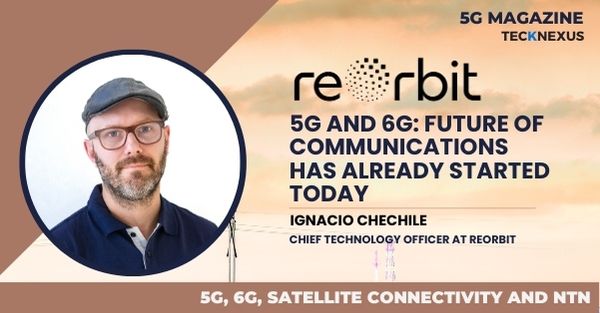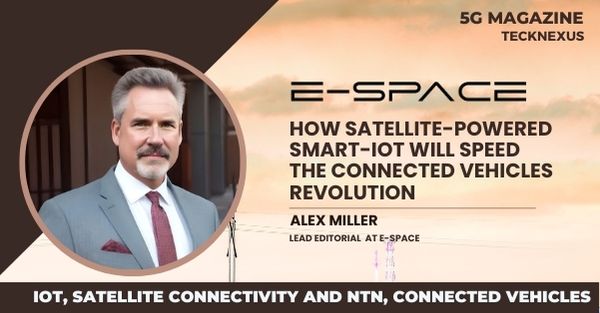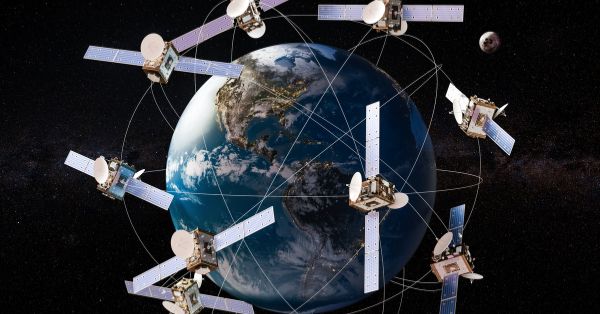The Department of Telecommunications (DoT) is considering the use of drones and tethered balloons to restore 5G connectivity during emergencies and natural disasters. According to a report by the Economic Times, this innovative approach aims to maintain crucial communication links when traditional infrastructure is compromised.
Upcoming DoT Trials for Emergency 5G Solutions
The DoT plans to initiate trials in the coming months to evaluate the feasibility and effectiveness of using drones and balloons for 5G connectivity restoration. These trials are expected to conclude by June 2025, at which point the department will decide on their implementation. An official from the DoT stated, “There is a plan to provide a temporary 5G network using tethered balloons or drones to provide mobile coverage during emergencies and disasters.”
Why Drones and Balloons Outperform Traditional Mobile Sites in Disasters
The government views drones and balloons as more convenient alternatives to establishing new mobile sites, particularly in disaster scenarios where quick deployment is essential. Unlike setting up new mobile towers, which can be time-consuming and resource-intensive, drones and balloons can be rapidly deployed to affected areas, providing immediate connectivity.
Boosting Disaster Management with Drone and Balloon 5G Connectivity
This initiative is poised to enhance DoT’s disaster management capabilities significantly. Traditional mobile infrastructure often suffers damage during natural disasters such as earthquakes, floods, or storms, leading to communication blackouts. In these situations, drones and balloons can swiftly restore connectivity, ensuring that rescue operations and emergency responses are not hindered.
Moreover, these aerial platforms can be used in remote locations where accidents or emergencies occur, providing a reliable communication link when it is most needed. Using tethered balloons and drones for 5G connectivity can also facilitate automated priority call routing, ensuring that critical communications are prioritized during emergencies.
Sustainable 5G Connectivity: Utilizing Existing Spectrum and Solar Power
Industry experts suggest that telecom companies can utilize their existing spectrum to provide connectivity through these aerial platforms. Additionally, power supply requirements for drones and balloons can be met using backup or solar technologies, making them sustainable options for emergency communications.
Addressing Privacy and Regulatory Challenges in Aerial 5G Connectivity
While the potential benefits are clear, implementing drones and balloons for 5G connectivity raises privacy and regulatory concerns. The definition of “emergency” and the duration for which these platforms will be used post-emergency need to be clearly outlined. Previous instances, such as the controversy surrounding the Post Office Act of 2023, highlight the importance of clear definitions to avoid privacy infringements. Drones, in particular, are often associated with surveillance, and their use in public areas must be carefully regulated to prevent potential privacy violations.
DoT’s Vision for Reliable 5G Connectivity During Emergencies
The DoT’s exploration of drones and tethered balloons for 5G connectivity restoration represents a forward-thinking approach to disaster management. By leveraging advanced technology, the department aims to ensure uninterrupted communication during emergencies, enhancing public safety and response efficiency. As trials proceed and regulatory frameworks are established, the integration of these aerial platforms could become a vital component of emergency telecommunications infrastructure.


















